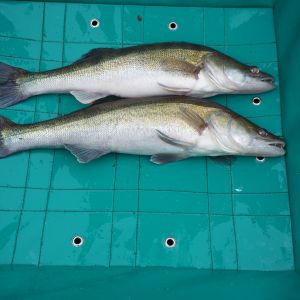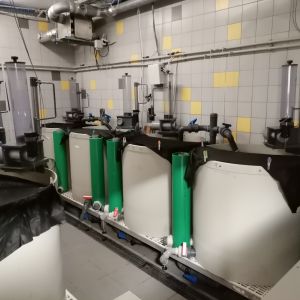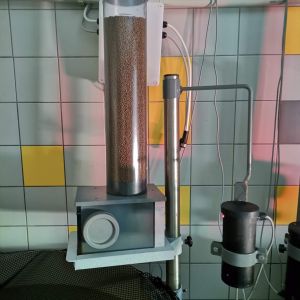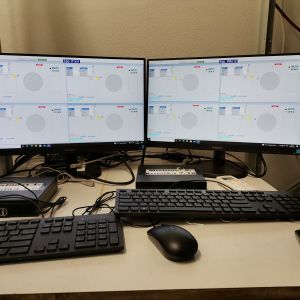Optimized nutrition is the basis of successful intensive pikeperch aquaculture
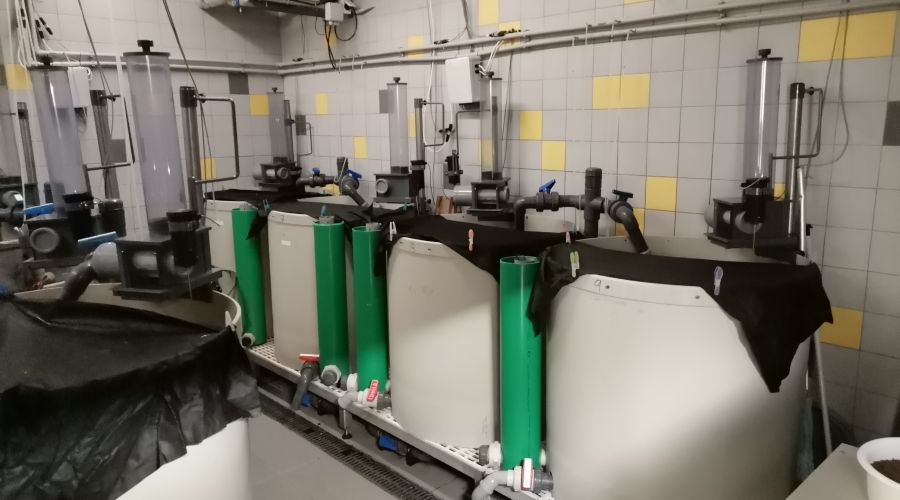
As part of European freshwater aquaculture, new perspective fish species are experimentally tested and subsequently used on a large-scale basis for efficient, continuous, and high-quality market production. In the last twenty years, pikeperch has become a very promising new species for a commercial intensive aquaculture production in recirculating aquaculture systems, which is currently being optimized in most European countries. This farming method ensures a profitable and well-balanced production of fish intended for commercial consumption and reduces the need to carry out industrial catches of wild pikeperch populations from natural water bodies. Thanks to this approach, the market is continuously supplied with marketable pikeperch, and its wild populations in open waters are also protected. However, the key technological challenge of effective intensive pikeperch aquaculture is its well-balanced and optimized artificial nutrition covering all the nutritional requirements of farmed fish in terms of the content of proteins, fats, biologically active substances such as vitamins and antioxidants, and the optimal frequency and amount of applied artificial feed.
Researchers from the Laboratory of Intensive Aquaculture, Faculty of Fisheries and Protection of Waters were involved in the optimized composition of artificial granulated feed for intensively pikeperch aquaculture in terms of plant-based protein content in the combination with feed additives such as yeast hydrolyzate, inulin, and oligofructose. The goal of this research was to sustainably replace fishmeal, which is becoming a globally scarce and very expensive raw material. The results showed that it is possible to replace fishmeal in the preparation of artificial feeds for pikeperch with up to 60% soybean meal in combination with the addition of yeast hydrolyzate, inulin, and oligofructose without a decrease in growth, survival, and production of farmed fish. Thanks to the experimentally used automatic feeding system Imetronic developed in France, it was found that an application of artificial feed at 8-hour intervals is the most suitable for juvenile pikeperch weighing 40-100 grams at a daily feed dose of 1.5 to 2 % of the fish biomass.
Detailed information on the optimized artificial nutrition of intensively cultured pikeperch in recirculating aquaculture systems can be found in the following scientific publications:
- Rahimnejad, S., Lecrercq, E., Malinovskyi, O., Pěnka, T., Kolářová, J., Policar, T., 2023. Effects of yeast hydrolysate supplementation in low-fish meal diets for pikeperch. Animal 17: 100870. https://doi.org/10.1016/j.animal.2023.100870
- Dadras, H., Chupani, L., Imentai, A., Malinovskyi, O., Esteban, M.A., Pěnka, T., Kolářová, J., Rahimnejad, S., Policar, T., 2022. Partial replacement of fish meal by soybean meal supplemented with inulin and oligofructose in the diet of pikeperch (Sander lucioperca): Effect on growth and health status. Frontiers in Marine Science 9: 1009357. https://doi.org/10.3389/fmars.2022.1009357
- Pěnka, T., Malinovskyi, O., Imentai, A., Kolářová, J., Kučera, V., Policar, T., 2023. Evaluation of different feeding frequencies in RAS-based juvenile pikeperch (Sander lucioperca) aquaculture. Aquaculture 562: 738815. https://doi.org/10.1016/j.aquaculture.2022.738815
Photos:
- Figure 1: Marketable pikeperch
- Figure 2: Experimental aquaculture system with the automatic feeding system
- Figure 3: Detail of automatic feeding system
- Figure 4: Computer-controlled automatic feeding system
Written by prof. Tomáš Policar

